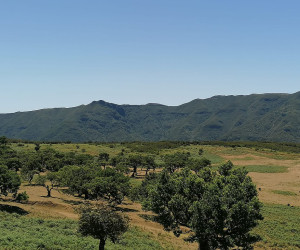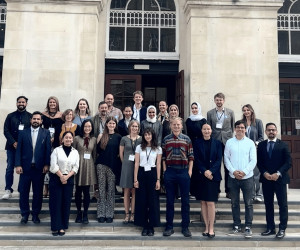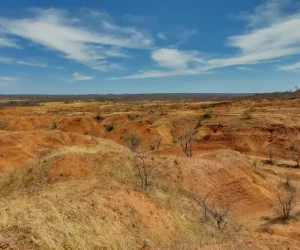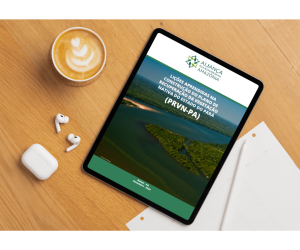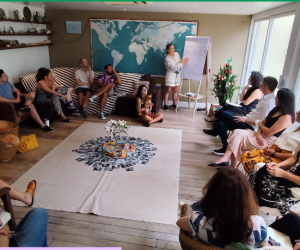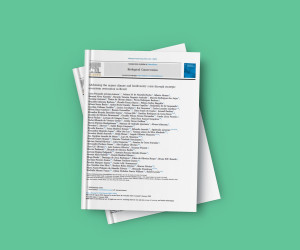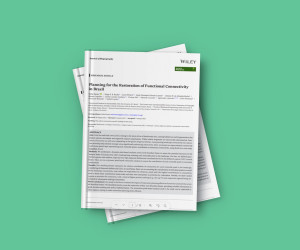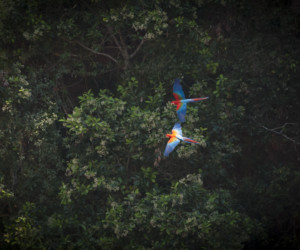News > Clipping
25.06.24
Debates are advancing towards the construction of a public policy that recognises the results of biodiversity conservation efforts in Brazil
The National Secretariat for Biodiversity, Forests, and Animal Rights of the Ministry of the Environment and Climate Change (SBio/MMA) held the workshop “Subsidies for Regulation of Complementary Effective Conservation Measures (MECCs)” on June 11-12 in Brasília-DF. The term “MECCs” refers to Other Effective Area-Based Conservation Measures (OECMs) in English.
During the two intense days of work, representatives from various sectors of society, governments, and academia gathered to provide input for the participatory construction of a new public policy to recognise the results of biodiversity conservation in Brazil. The initiative is supported by The Nature Conservancy (TNC) Brazil, Wildlife Conservation Society (WCS) Brazil, WWF-Brazil, and the GEF Private Areas Project, managed by the International Institute for Sustainability (IIS) and implemented by the United Nations Environment Programme (UNEP) with resources from the Global Environment Facility (GEF).
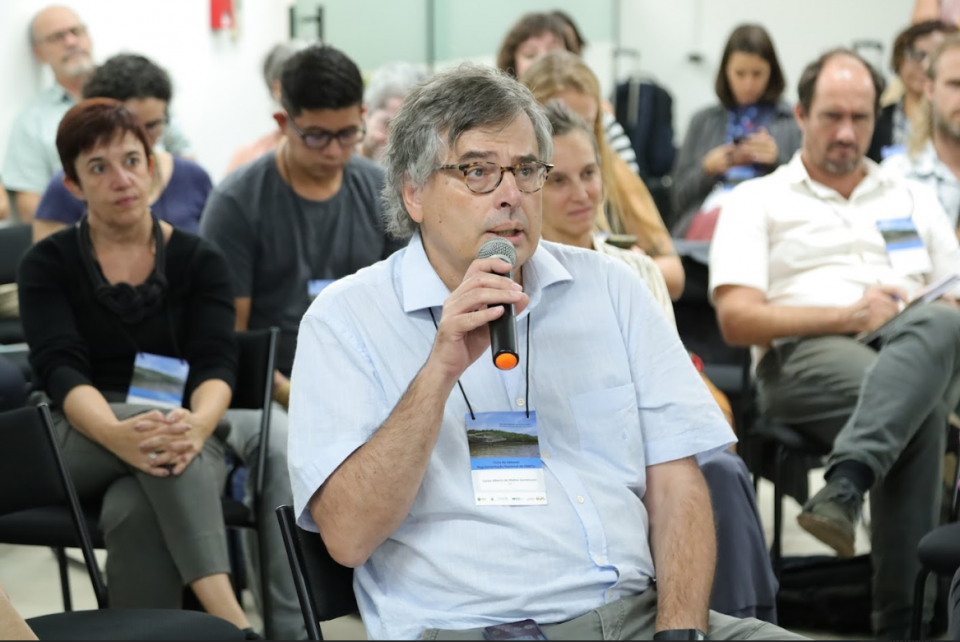
MECCs are geographically defined areas that are not legally protected but generate “in situ” biodiversity conservation outcomes. Additionally, these areas contribute to associated ecosystem functions and services, as well as, where applicable, cultural, spiritual, socioeconomic, and other values relevant to local communities.
The approval of the Global Strategic Plan for Biodiversity for 2030 highlighted the potential contribution of MECCs in Target 3, establishing that 30% of ecosystems should be protected through equitably managed systems, including protected and conserved areas.
For the Chief of Staff of SBio/MMA, Carlos Eduardo Marinelli, regulating the topic is important as MECCs are an instrument to recognise biodiversity conservation results already achieved through the participation of different sectors and actors in society. “We are starting from scratch a public policy that so far is implemented in a few countries. We brought to the debate the international experience of countries like Colombia and Costa Rica. We can consider it a way for Brazil to report its international contribution towards Target 3 of the Global Biodiversity Framework for 2030 from its protected and conserved areas,” he said.
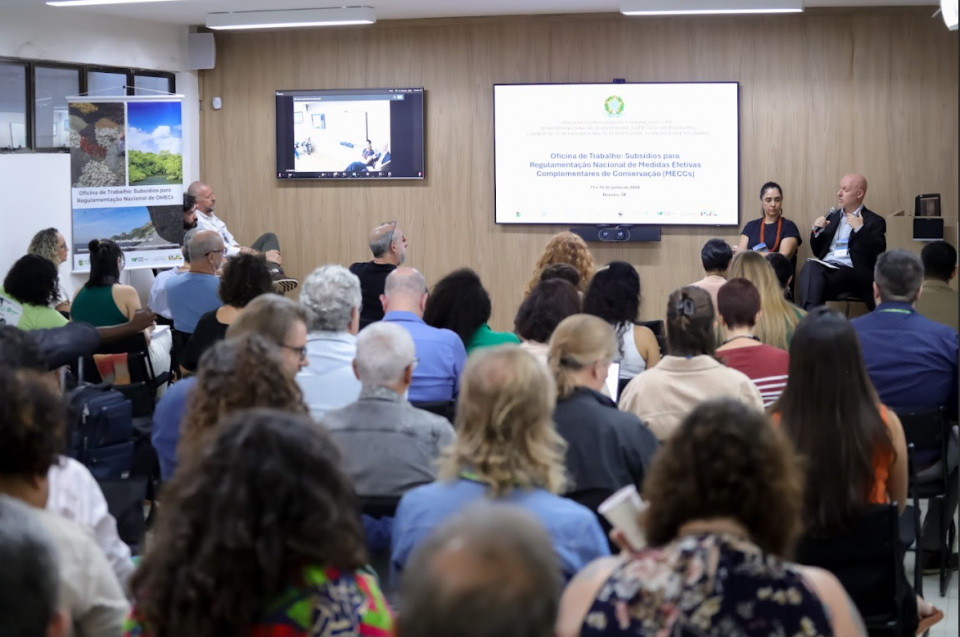
Conservation Units (UCs), Indigenous Lands (TIs), and Quilombola Territories (TQs) cannot be counted as MECCs to avoid double counting, as these areas are already included as protected areas in national biodiversity strategy reports to the Convention on Biological Diversity (CBD), whereas other territories that also conserve biodiversity are not yet counted.
Nataliene Borges, advisor to the Interstate Movement of Coconut Breakers of Maranhão, participated in the debates and emphasised the importance of diverse listening for the construction of regulations. “This conservation work is already done in the territories, and it is only fair to make this visible to society in general. We must keep the forest standing because it is our way of existence, the way to guarantee our local economy.”
Nataliene highlights the intrinsic relationship between the existence of traditional peoples and communities and nature conservation, expressing the importance of discussion and construction spaces like the workshop, which give voice to forest and water defenders.
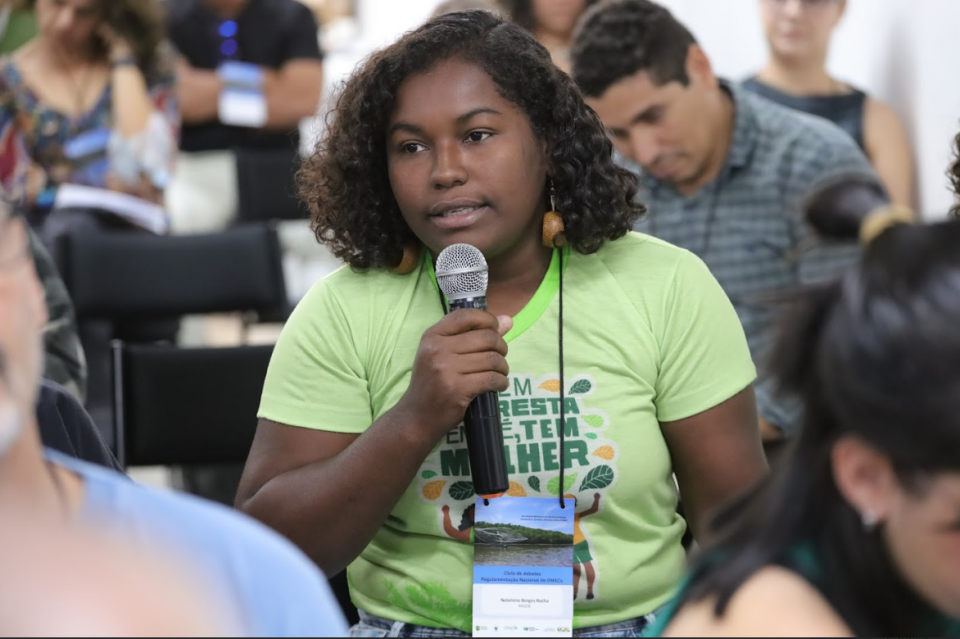
The proposed regulation instrument for MECCs will enter the finalisation phase in the second half of the year. After the legal review by the MMA’s Legal Advisory, it will be presented at a national seminar, followed by a public consultation.
Understanding OMECs:
OMECs, an abbreviation for Other Effective Area-Based Conservation Measures, is an international term defined by the Convention on Biological Diversity (CBD, 2018). In Brazil, the concept gained attention when GATTI (2020) proposed institutionalisation paths.
In 2020, a group of experts worked to improve the understanding of the concept through studies and dialogues. The results have been used to propose analyses within the Brazilian context and to support national regulations, including subnational possibilities.
In 2023, a Working Group on OMECs, led by SBio/MMA, held meetings, developed proposals, and promoted the first public event to discuss learnings, progress, and perspectives on OMECs. Based on the recommendations of this Working Group, a national cycle of debates began to share visions and perspectives on the topic and to gather contributions to advance the regulation of these areas in Brazil.
In addition to the workshop discussing specific and cross-cutting themes with around 100 participants from all biomes of Brazil, 13 intersectoral debates have been held so far, gathering 110 representatives from 66 institutions across different sectors and social segments.
Photos: Thiago Souza / MMA Collection.

